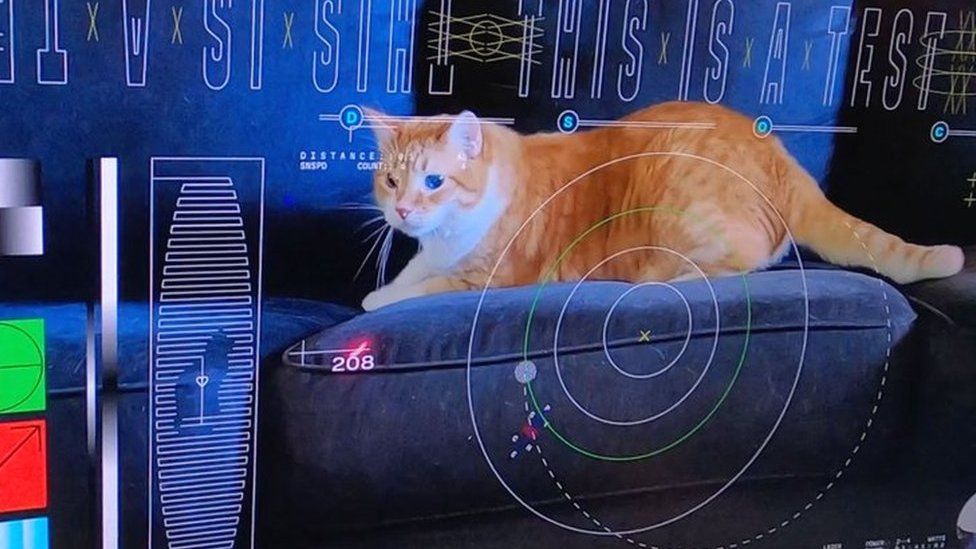-

-
-
Loading

Loading

NASA has successfully transmitted an ultra-high-definition (UHD) video of a cat back to Earth from space using laser technology. The video showcases Taters the cat chasing a laser beam and was streamed over a distance of 19 million miles, which is about 80 times the distance from Earth to the Moon. The purpose of this experiment was to test the laser technology and its potential to improve communication with more remote areas of the solar system. Taters, owned by a NASA employee from the Jet Propulsion Laboratory in California, remained on Earth throughout the process. The video was uploaded to a spacecraft launched by SpaceX's Falcon Heavy rocket and streamed on December 11. Surprisingly, the transmission was faster than most broadband internet connections, despite originating from millions of miles away. The video was received by the Hale telescope at the Palomar observatory, where it was downloaded and then streamed in real-time to the JPL. Bill Klipstein, the demonstration project manager at JPL, explained that the video was overlaid with technical mission information and details about Taters to make the event more memorable. NASA's Deep Space Optical Communications (DSOC) mission, which aims to explore the possibilities of optical communications in deep space, was responsible for the experiment. As radio frequencies struggle to handle the data transmission required for high-quality images and videos over long distances, the DSOC mission is investigating technologically advanced solutions to address this issue. NASA deputy administrator Pam Melroy emphasized the importance of increasing bandwidth in order to achieve future exploration and science goals. The success of this test signals a significant advancement in optical communications and highlights its potential for future interplanetary missions. The video is currently available to watch on YouTube.